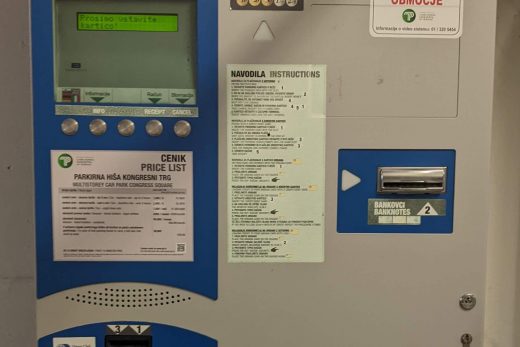Gesture interfaces are nothing new. They come alive once in a while with a use of new technologies. Technologies used so far were cameras (regular, depth, stereo), sound in a way (like clapping sound switches (Wikipedia) for switching on and off the light) or different wearable controls like glows. While cameras have been long used for research of gestural interfaces, they are also moving to consumers products (remember Toshiba’s TV from 2008 (video on You Tube)). Researchers at MIT turned the whole TV into a camera. The same lab developed also the wearable Sixth Sense (video on You Tube). But these are only a few products in a sea of gestural interfaces.
Now there’s a new way to track user’s movement with ultrasound.
There’s certainly the market for gestural interfaces like video games for example or some short termed interactions (Dart Vader uses gestural movement to strangle people – why is he using his hands if he can do it with his minds anyway?). But there are still some problems that haven’t been answered or overcame yet:
- Gestural interfaces can not be used for long periods of time as waving hands in the air is not so easy. Gorilla arm (Wikipedia) effect was long known to be a problem on touch screens and all gestural interfaces.
- Another problem is misinterpreting gestures. I can not picture myself being still while watching TV. Or waving to someone and change the program I was watching without wanting it :).
None the less gestures are used in everyday applications. Mouse gestures for example are popular in some web browsers (Wikipedia). Then we have trackpads that recognize gestures (Apple.com). And of course already mentioned touch screens that found its niche in info kiosks, ATMs (cashing machines), bars and supermarket cash registers, smartphones, PDA’s and even keyboards (You Tube video) to name just a few. There are also projected interfaces used in consumer products (e.g. keyboard (Wikipedia)) which are a bit more specific gesture interfaces compared to first mentioned camera recognized movements.
Looking at all these technologies (and how "intuitive" they are?) it seams that there is still life ahead for standard keyboards and computer mice (or trackpads) :).

